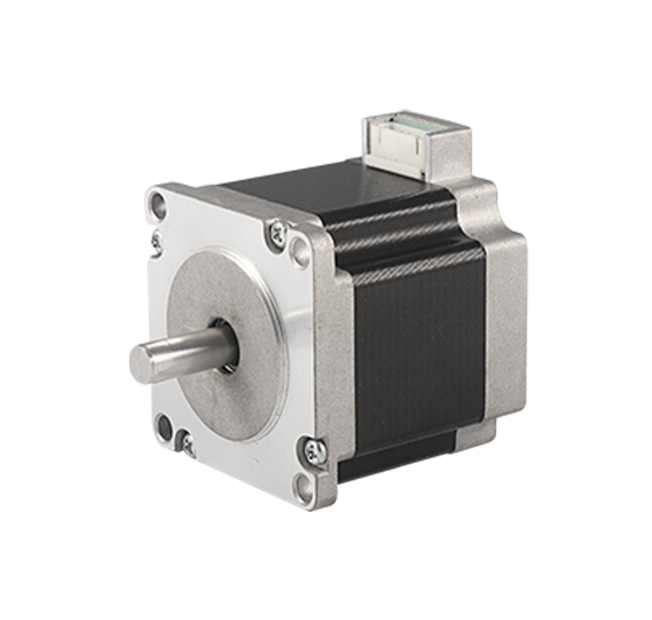Time:2025-06-04 Views:0 source:CNC Machining customization source:CNC Machining news

When sheet metal processing equipment malfunctions, quick and accurate fault diagnosis is essential to minimize production interruptions. A systematic approach to troubleshooting can help identify the root cause of problems and implement effective solutions.
The first step in fault diagnosis is to gather information. Operators should document the symptoms of the malfunction, including any error messages displayed on the control panel, unusual noises, vibrations, or changes in the quality of the processed sheet metal. This information provides valuable clues for maintenance technicians. For example, if a CNC laser cutter produces inconsistent cut quality, the operator should note details such as whether the issue occurs at specific cutting speeds, with certain materials, or when cutting particular shapes.
Next, a visual inspection of the equipment is necessary. Technicians should check for obvious signs of damage, such as broken belts, leaking hydraulic lines, or misaligned components. In electrical systems, look for burnt - out fuses, frayed wires, or loose connections. Sometimes, a simple visual inspection can quickly identify the problem, like a damaged blade in a sheet metal shear that causes rough cuts.
For complex issues, diagnostic tools are invaluable. Multimeters can be used to test electrical circuits for continuity and voltage irregularities, while oscilloscopes help analyze electrical signals. In CNC machines, diagnostic software built into the control system can provide detailed error codes and system status information. These codes can be cross - referenced with the manufacturer’s troubleshooting guide to pinpoint the source of the problem, whether it’s a faulty servo motor, a malfunctioning encoder, or a software glitch.
Isolation and component - level testing are often required for more elusive faults. By disconnecting or bypassing certain components, technicians can determine if a particular part is causing the problem. For instance, if a press brake fails to apply the correct force, isolating the hydraulic pump, valves, or pressure sensors and testing them individually can help identify the defective component.
Once the root cause is identified, appropriate corrective actions can be taken. This may involve replacing worn - out parts, adjusting misaligned components, or reconfiguring software settings. After repairs, thorough testing should be conducted to ensure the equipment is functioning properly and that the problem has been fully resolved. Establishing a record - keeping system for all faults and repairs can also help in future troubleshooting by providing a historical reference for recurring issues.
Read recommendations:
Sealing ring Precision electronic parts
Housing components for recessed downlights Precision electronic parts
Oval Magnetic Hardware Precision electronic parts
CNC Machining Dimension Accuracy
CNC processing factory - Meeting customers' strict requirements for precision